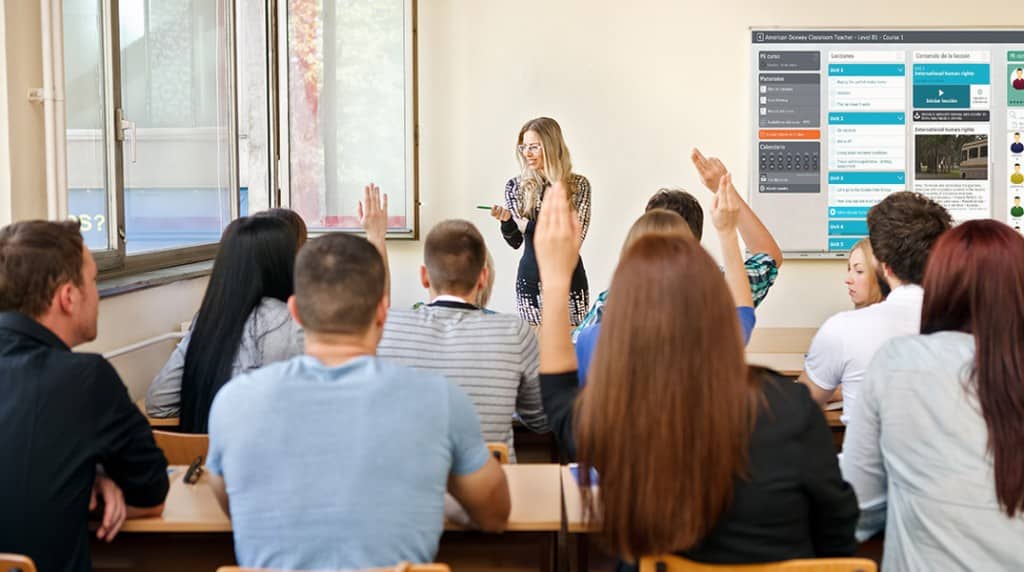Instructional Technology Services (ITS) are the spine of contemporary schooling. They integrate learning with digital tools and expert aid to make coaching powerful, reachable, and tasty. In this article, we’ll explore what those services contain, why they remember, and how to put into effect them to your school or education placing.
What Are Instructional Technology Services?
These services contain designing, assisting, and evaluating mastering environments that use technology. The intention? To assist educators supply lessons extra effectively and assist rookies interact deeply, whether in classrooms, far off settings, or on line structures.
Key Components
- Technology Integration – Deciding on and imposing equipment like learning management systems (LMS), interactive whiteboards, and educational apps.
- Pedagogical Design – Crafting attractive, learner‑targeted content the usage of multimedia, collaborative gear, and instructional techniques.
- Training & Support– Guiding instructors with professional development and on‑demand technical help.
- Evaluation & Feedback– Monitoring tool use, measuring mastering effects, and adjusting sources as a result.
How to Implement Instructional Technology Services: Step‑by‑Step Guide
1. Assess Needs
- Analyze present day teaching methods and become aware of challenges.
- Gather comments from instructors and learners.
- Outline clear goals (e.g. improve participation, cut grading time).
2. Choose Appropriate Tools
Consider:
- Getting to know management structures
- Video conferencing platforms
- Interactive content builders
- Evaluation and analytics tools
Comparison at a glance:
While choosing the proper gear for instructional technology services, it’s critical to apprehend the exceptional classes to be had and what each offers. Beneath is a breakdown of key tool types, their number one purposes, and what to recollect earlier than implementation:
- Learning Management Systems (LMS): These platforms are used for path advent, content material delivery, and dealing with scholar development.
- Purpose: Organize training, proportion substances, and tune crowning glory.
- Considerations: Search for ease of use, integration with other gear, and standard value.
- Video Conferencing Tools: Vital for stay guidance and actual-time communication, especially in hybrid or faraway mastering environments.
- Purpose: Host live instructions, allow discussions, and facilitate collaboration.
- Considerations: Take a look at for balance, accessibility, recording options, and interactive features like screen sharing or breakout rooms.
- Content Builders: These equipment help create enticing and interactive content which includes quizzes, simulations, and video classes.
- Purpose: Expand custom getting to know substances to enhance pupil engagement.
- Considerations: Don’t forget the gaining knowledge of curve for users and whether or not the platform supports multimedia elements like photos, audio, or animations.
- Analytics Tools: These offer valuable records on learner hobby, helping educators make informed decisions.
- Purpose: Monitor scholar engagement, music development, and examine getting to know consequences.
- Considerations: Prioritize tools that offer clear data insights even as complying with privacy and safety standards.
3. Design Instruction Pedagogically
- Align gear with studying targets.
- Use multimedia like movies, audio, simulations.
- Sell interaction thru chats, polls, breakout rooms.
- Spoil materials into chunk‑size segments for readability.
4. Provide Training & Support
- Host arms-on workshops for educators.
- Offer short reference publications or video tutorials.
- Hold a help desk or aid channel for troubleshooting.
5. Launch & Monitor
- Start with a pilot (one magnificence or branch).
- Gather comments from freshmen and instructors.
- Use analytics to song engagement, performance, and development.
6. Evaluate & Improve
- Evaluate consequences against your goals.
- Identify what labored (and what didn’t).
- Replace instructional techniques and equipment often for development.

Best Practices for Success
Focus on Learning Goals First
- Don’t undertake technology only for its novelty—ensure it serves a mastering reason.
Keep It Simple for Users
- Pick out tools which might be intuitive for instructors and beginners.
Ensure Accessibility
- Make content on hand to novices with extraordinary talents or bandwidth limitations.
Maintain Data Privacy
- Pick platforms with relaxed statistics practices and recognize learner privacy.
Encourage Feedback Loops
- Frequently solicit enter from users to improve each content and equipment.
FAQs
Q1: What kind of organizations benefit from instructional technology services?
Absolutely everyone turning in education or training—schools, universities, businesses, government companies—can advantage through improving engagement, personalization, and attain.
Q2: Do I need a big budget to get started?
Not necessarily. You can pilot low‑cost or open‑source equipment to start with, then scale up as you display effect.
Q3: How long does implementation take?
A small pilot may take a few weeks to some months. Larger rollouts may additionally require several months relying on useful resource availability and schooling wishes.
Q4: Can it work for both in‑person and online teaching?
Actually. These services are flexible and assist mixed studying—combining lecture room, hybrid, and completely on line environments.
Q5: What’s the biggest challenge?
Common challenges consist of resistance to alternate, inadequate training, or loss of clarity in learning goals. A focus on human beings and purpose facilitates conquer these problems.
Q6: How do I measure success?
You can degree fulfillment via metrics like:
- Scholar engagement (time spent, participation fees)
- Learning effects (grades, mastery levels)
- Instructor satisfaction
- Performance profits (time stored on duties like grading)
conclusion
Instructional technology services combination the great of training and tech to make gaining knowledge of more effective, enticing, and green. By way of following the steps above—assessing desires, choosing gear, designing pedagogically, imparting schooling, launching cautiously, and iterating—you may construct a a hit, learner‑centered system.
When executed nicely, these services don’t simply deliver content material—they foster motivation, empower educators, and elevate gaining knowledge of effects. Think about it now not as replacing instructors, however equipping them with smarter equipment to educate higher, attain more, and encourage deeper getting to know.

